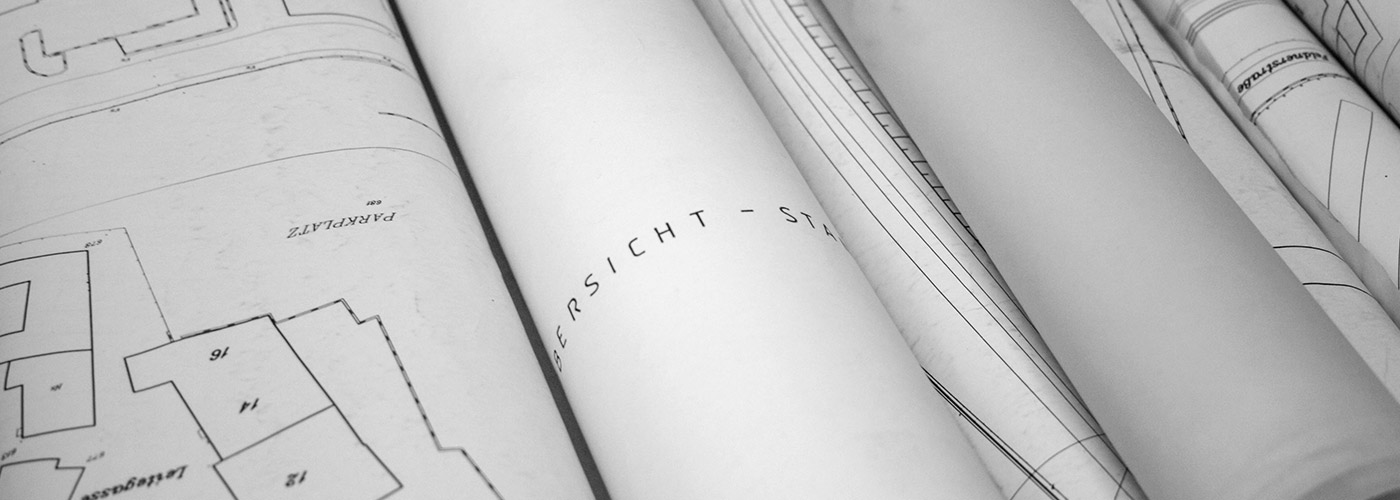The “five Ms” of successful foodservice facility design
Foodservice operators must understand the complexity associated with facility design and all the steps necessary before diving into a specific location or theme idea.
Combine the following elements into a comprehensive, cohesive and – most importantly – successful plan:
- The menu
- The market
- The money needed
- The competent management
- A method of execution
Here’s a closer look at the so-called “five Ms” of successful foodservice design.
Menu
One cannot over-emphasize the importance of the menu in the design of any foodservice facility. From a layout perspective, a facility’s menu drives operational design. Specifically, the menu drives factors such as:
- Food price
- Cooking equipment production capacities
- Refrigeration and storage areas
- Dishwashing requirements
- Floor space, including the type and capacity of seating
- Service area design
- Total dollar investment
Market
Conducting market research studies prior to proceeding with the construction of a foodservice facility is vital for success. A classic mistake made by operators involves driving a marketing plan based on gut-feel, rather than cold, hard marketing data. Consider:
- The target market or potential customer base
- If the size of the identified market is large enough to generate sales
- The tastes, preferences and motivations of the market
- The most effective outreach methods, influencers and motivators of the market
- If the target audience needs or wants the food items planned for a facility
Money
One of the primary causes of the high failure rate of foodservice operations is a lack of funding – in particular, a lack of money set aside for working capital. Simply having access to sufficient funds to get a proposed venture up and running is not enough to successfully get that venture off the ground. Operators need a plan. One that all decision makers have identified and committed to before any serious planning can begin. In order to avoid a capital deficit, allocate sufficient funds for:
- Building renovation or new construction
- Professional interior design
- Equipment and supplies to support production
- The purchase of furniture and fixtures
Management
An operation’s management is the single most important element in achieving success. In order to determine an operation’s organizational structure, decide:
- The person who will run the facility’s day-to-day affairs
- The education the manager and management team must have
- The level of assistance that will be provided to the general manager
- Management salary levels
- Operational policies
- Internal communication between management and with all employees
Method
An operation’s method of execution is the last step in the concept development process. Operators must decide methods for production, control systems and various personnel issues. To determine how a facility will run, planning should include:
- Production methods, such as if a facility will use pre-prepared or from-scratch methods of cooking
- Control systems, such as control over cash, sales analysis, food production and forecasting, various storage areas – including refrigeration, purchasing and receiving, portions and quality
- Personnel issues – such as the amount of required labor, employee work schedules, operating hours, staffing patterns, employee benefits, employee skill levels, employee supervision and wages
Ultimately, the success of your next business venture is contingent on what you serve. The quality of what you serve is dependent on the buying decisions you make when you build your next equipment and supplies wish list. Understand exactly what equipment and supplies items you will need to fill your next kitchen at The NAFEM Show, Feb. 1-3, 2023, in Orlando, Fla.
Don’t miss valuable
resources and show news


